1. Drain Flies
If you've ever noticed tiny flies buzzing around your kitchen sink, chances are you have a problem with drain flies. These pesky insects are also known as sewer gnats or moth flies and are attracted to the damp, organic material found in kitchen drains.
They may seem harmless, but drain flies can quickly become a nuisance as they breed and multiply in the moist environment of your kitchen sink. If left untreated, they can also spread bacteria and contaminate your food.
How to Get Rid of Them: To get rid of drain flies, first, you'll need to locate their breeding site. This is usually in the buildup of gunk and grime in your drain. Use a drain cleaner or a mixture of hot water and vinegar to clean out the drain and eliminate their food source. You can also use a drain brush to scrub away any remaining residue. To prevent future infestations, keep your drains clean and free from any organic material.
2. Fruit Flies
Fruit flies are another common type of tiny bug that can be found in kitchen sinks. These small flies are attracted to ripe fruits and vegetables, as well as any other decaying organic matter. They can also be brought into your home through groceries or potted plants.
While fruit flies don't bite or sting, they can be a nuisance as they swarm around your kitchen, and they can also contaminate your food. What's worse is that their life cycle is incredibly short, so they can quickly reproduce and create an infestation if left unchecked.
How to Get Rid of Them: The key to getting rid of fruit flies is to eliminate their food sources. Make sure to regularly clean up any spills and keep your fruits and vegetables stored in airtight containers. You can also make a DIY fruit fly trap by placing some apple cider vinegar and a few drops of dish soap in a bowl and covering it with plastic wrap. The flies will be attracted to the scent and get trapped in the soapy solution.
3. Phorid Flies
Phorid flies, also known as humpbacked flies, are another type of small fly that can infest your kitchen sink. These flies are often mistaken for fruit flies, but they have a distinctive hump on their back and a different flight pattern. They are attracted to decomposing organic matter and can become a problem if you have a garbage disposal unit in your sink.
Phorid flies are not just a nuisance; they can also spread bacteria and pathogens, making them a health hazard in your kitchen.
How to Get Rid of Them: To get rid of phorid flies, you'll need to locate and eliminate their breeding source. This could be a build-up of organic material in your sink's drain or garbage disposal. Use a drain cleaner to remove any gunk and debris and keep your kitchen clean and free from any food particles.
4. Springtails
Springtails are tiny, wingless insects that can often be found in damp and moist areas, such as kitchen sinks. They are usually grey or black in color and have a distinctive jumping ability, which is how they got their name. These bugs are attracted to the damp environment of your sink and can quickly become a problem if left unchecked.
While they are not harmful to humans, springtails can be a nuisance and may contaminate your food with their feces.
How to Get Rid of Them: To get rid of springtails, you'll need to address the moisture problem in your kitchen sink. Fix any leaks or standing water and make sure to keep your sink clean and dry. You can also use a dehumidifier to reduce the humidity in your kitchen and discourage springtails from breeding.
5. Silverfish
Silverfish are small, wingless insects with a silvery-grey color and a distinctive teardrop-shaped body. These bugs are attracted to dark, damp places and can often be found in kitchen sinks, especially if there is a leak or excess moisture present. They are mostly harmless to humans, but they can damage paper and fabrics, making them a nuisance in your home.
How to Get Rid of Them: To get rid of silverfish, you'll need to eliminate their food sources and address any moisture problems in your kitchen. Keep your sink clean and dry, and seal up any cracks or openings where they may enter your home. You can also use traps or insecticides specifically designed for silverfish.
6. Booklice
Booklice, also known as psocids, are tiny insects that are often found in areas with high humidity, such as kitchen sinks. They are attracted to damp and warm environments and can quickly become a problem if left unchecked. While they are not harmful to humans, they can damage paper and fabrics and contaminate food with their feces.
How to Get Rid of Them: To get rid of booklice, you'll need to address the moisture problem in your kitchen. Fix any leaks, keep your sink clean and dry, and use a dehumidifier if necessary. You can also use a vacuum to remove any visible booklice and their eggs.
7. Cockroaches
Cockroaches are not only a common pest in kitchens, but they can also be found in kitchen sinks. These insects are attracted to food and moisture, making your sink an ideal breeding ground for them. They can spread bacteria and pathogens, contaminate your food, and even trigger allergies and asthma in some people.
How to Get Rid of Them: To get rid of cockroaches, you'll need to eliminate their food sources and seal up any openings where they may enter your home. Keep your sink clean and dry, and use baits or insecticides specifically designed for cockroaches. You may also need to call a professional pest control service for severe infestations.
8. Ants
Ants are another common pest that can be found in kitchen sinks. These tiny insects are attracted to food and moisture and can quickly become a problem if left unchecked. They can also contaminate your food and spread bacteria and pathogens.
How to Get Rid of Them: To get rid of ants, you'll need to eliminate their food sources and seal up any openings where they may enter your home. Keep your sink clean and dry, and use ant baits or insecticides to kill the colony. You can also use natural remedies like vinegar or cinnamon to repel ants.
9. Mites
Mites are tiny, eight-legged insects that are often found in damp and humid areas, such as kitchen sinks. They are attracted to moisture and can quickly become a problem if left unchecked. While most mites are harmless, some species can bite humans and cause skin irritation and allergic reactions.
How to Get Rid of Them: To get rid of mites, you'll need to address the moisture problem in your kitchen. Keep your sink clean and dry, and use a dehumidifier if necessary. You can also vacuum up any visible mites and their eggs and use insecticides or natural remedies to repel them.
10. Beetles
Beetles are another type of insect that can infest kitchen sinks. These small, oval-shaped bugs are attracted to food and moisture and can quickly become a nuisance if left unchecked. While most beetles are harmless to humans, some species can cause damage to food and fabrics.
How to Get Rid of Them: To get rid of beetles, you'll need to eliminate their food sources and address any moisture problems in your kitchen. Keep your sink clean and dry, and seal up any cracks or openings where they may enter your home. You can also use traps or insecticides specifically designed for beetles.
If you're dealing with any of these tiny bugs in your kitchen sink, it's important to take action to eliminate them and prevent future infestations. By keeping your sink clean and dry and addressing any moisture problems, you can keep these pests at bay and maintain a hygienic and bug-free kitchen.
Preventing Tiny Bugs in Your Kitchen Sink: Tips for a Clean and Functional Kitchen

Introduction
 Kitchen sinks
are an essential part of any household, used for daily tasks such as washing dishes, cleaning fruits and vegetables, and disposing of food scraps. However, they can also be a breeding ground for
tiny bugs
, which can be a nuisance and even a health hazard. These bugs are often attracted to leftover food residue and moisture, and can quickly multiply if not dealt with properly. In this article, we will discuss some
preventative measures
to keep your kitchen sink clean and free of tiny bugs, ensuring a
functional and hygienic
kitchen.
Kitchen sinks
are an essential part of any household, used for daily tasks such as washing dishes, cleaning fruits and vegetables, and disposing of food scraps. However, they can also be a breeding ground for
tiny bugs
, which can be a nuisance and even a health hazard. These bugs are often attracted to leftover food residue and moisture, and can quickly multiply if not dealt with properly. In this article, we will discuss some
preventative measures
to keep your kitchen sink clean and free of tiny bugs, ensuring a
functional and hygienic
kitchen.
Identify the Source of the Problem
 The first step in preventing
tiny bugs
in your kitchen sink is to identify the source of the problem. These bugs can come from a variety of sources, such as dirty dishes left in the sink, food scraps stuck in the drain, or even cracks in the sink itself. It's important to
thoroughly clean and inspect
your sink to determine where the bugs are coming from. Once you have identified the source, you can take the necessary steps to eliminate it and prevent the bugs from returning.
The first step in preventing
tiny bugs
in your kitchen sink is to identify the source of the problem. These bugs can come from a variety of sources, such as dirty dishes left in the sink, food scraps stuck in the drain, or even cracks in the sink itself. It's important to
thoroughly clean and inspect
your sink to determine where the bugs are coming from. Once you have identified the source, you can take the necessary steps to eliminate it and prevent the bugs from returning.
Keep Your Sink Clean and Dry
 One of the most effective ways to prevent
tiny bugs
in your kitchen sink is to keep it clean and dry. After doing the dishes, make sure to
thoroughly rinse and wipe down
the sink to remove any food residue. Additionally, consider using a
drain strainer
to catch any food scraps that may go down the drain. It's also important to
fix any leaks or cracks
in your sink to prevent moisture buildup, which can attract bugs.
One of the most effective ways to prevent
tiny bugs
in your kitchen sink is to keep it clean and dry. After doing the dishes, make sure to
thoroughly rinse and wipe down
the sink to remove any food residue. Additionally, consider using a
drain strainer
to catch any food scraps that may go down the drain. It's also important to
fix any leaks or cracks
in your sink to prevent moisture buildup, which can attract bugs.
Regularly Clean Your Garbage Disposal
 If your kitchen sink has a
garbage disposal
, it's important to regularly clean and maintain it. Food scraps can get stuck in the disposal and attract
tiny bugs
, so make sure to
run hot water and a citrus-based cleaner
through it on a regular basis. You can also
freeze citrus peels
and grind them in the disposal to naturally clean and deodorize it.
If your kitchen sink has a
garbage disposal
, it's important to regularly clean and maintain it. Food scraps can get stuck in the disposal and attract
tiny bugs
, so make sure to
run hot water and a citrus-based cleaner
through it on a regular basis. You can also
freeze citrus peels
and grind them in the disposal to naturally clean and deodorize it.
Properly Dispose of Food Scraps
 Food scraps
are a major attractant for
tiny bugs
, so it's important to dispose of them properly. Avoid throwing food scraps down the drain and instead,
compost or dispose of them in a sealed container
. This will not only prevent bugs in your sink, but it's also more environmentally friendly.
Food scraps
are a major attractant for
tiny bugs
, so it's important to dispose of them properly. Avoid throwing food scraps down the drain and instead,
compost or dispose of them in a sealed container
. This will not only prevent bugs in your sink, but it's also more environmentally friendly.
Conclusion
 In conclusion, keeping your kitchen sink clean and dry is essential for preventing
tiny bugs
and maintaining a
functional and hygienic
kitchen. By identifying the source of the problem, regularly cleaning your sink and garbage disposal, and properly disposing of food scraps, you can effectively prevent these pests from invading your kitchen. Incorporate these tips into your cleaning routine and say goodbye to
tiny bugs in your kitchen sink
for good.
In conclusion, keeping your kitchen sink clean and dry is essential for preventing
tiny bugs
and maintaining a
functional and hygienic
kitchen. By identifying the source of the problem, regularly cleaning your sink and garbage disposal, and properly disposing of food scraps, you can effectively prevent these pests from invading your kitchen. Incorporate these tips into your cleaning routine and say goodbye to
tiny bugs in your kitchen sink
for good.

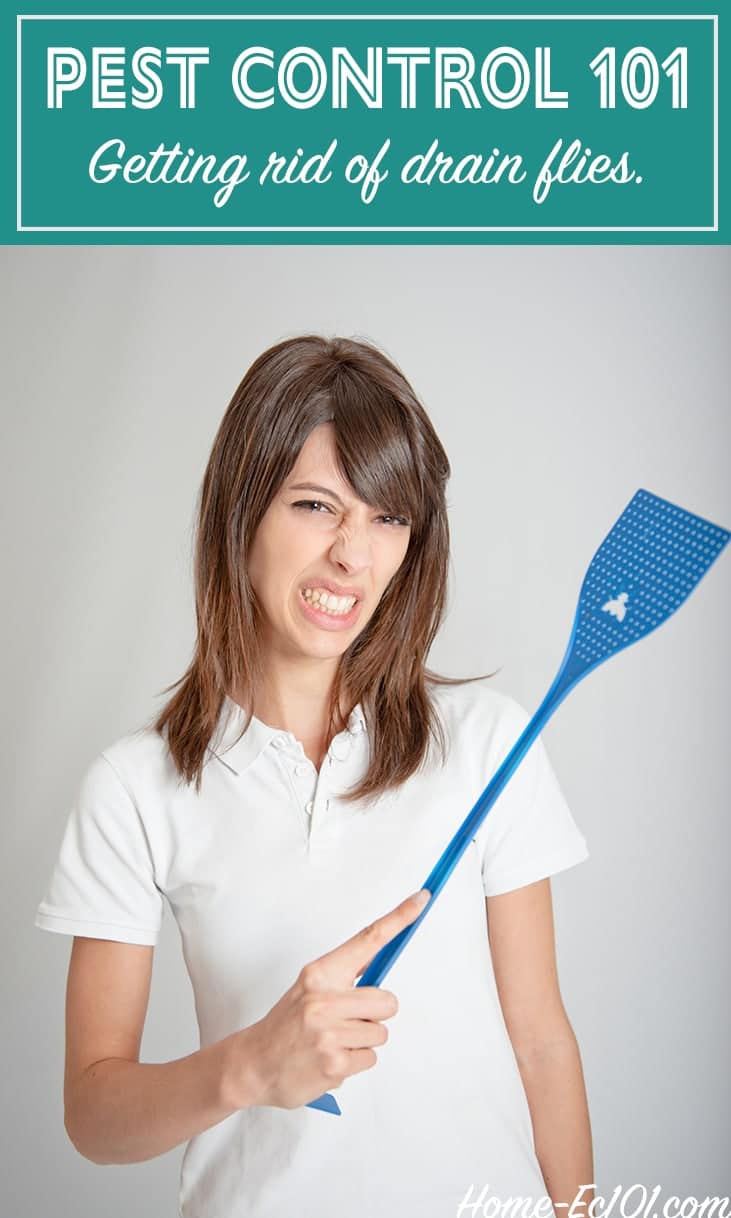


/Getting-rid-of-drain-flies-2656670-V1-1340ca9ec3a743cb95a366862a9961c1.png)
:max_bytes(150000):strip_icc()/Applecider-ver1-a38c1778c648462aa873aa3ee484ccfa.jpg)













































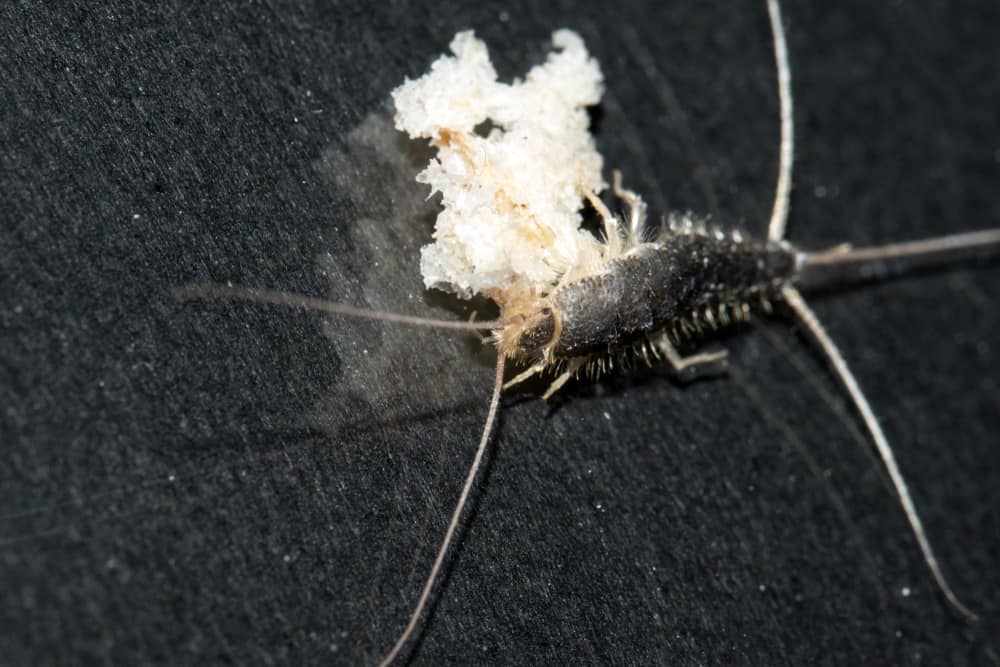




















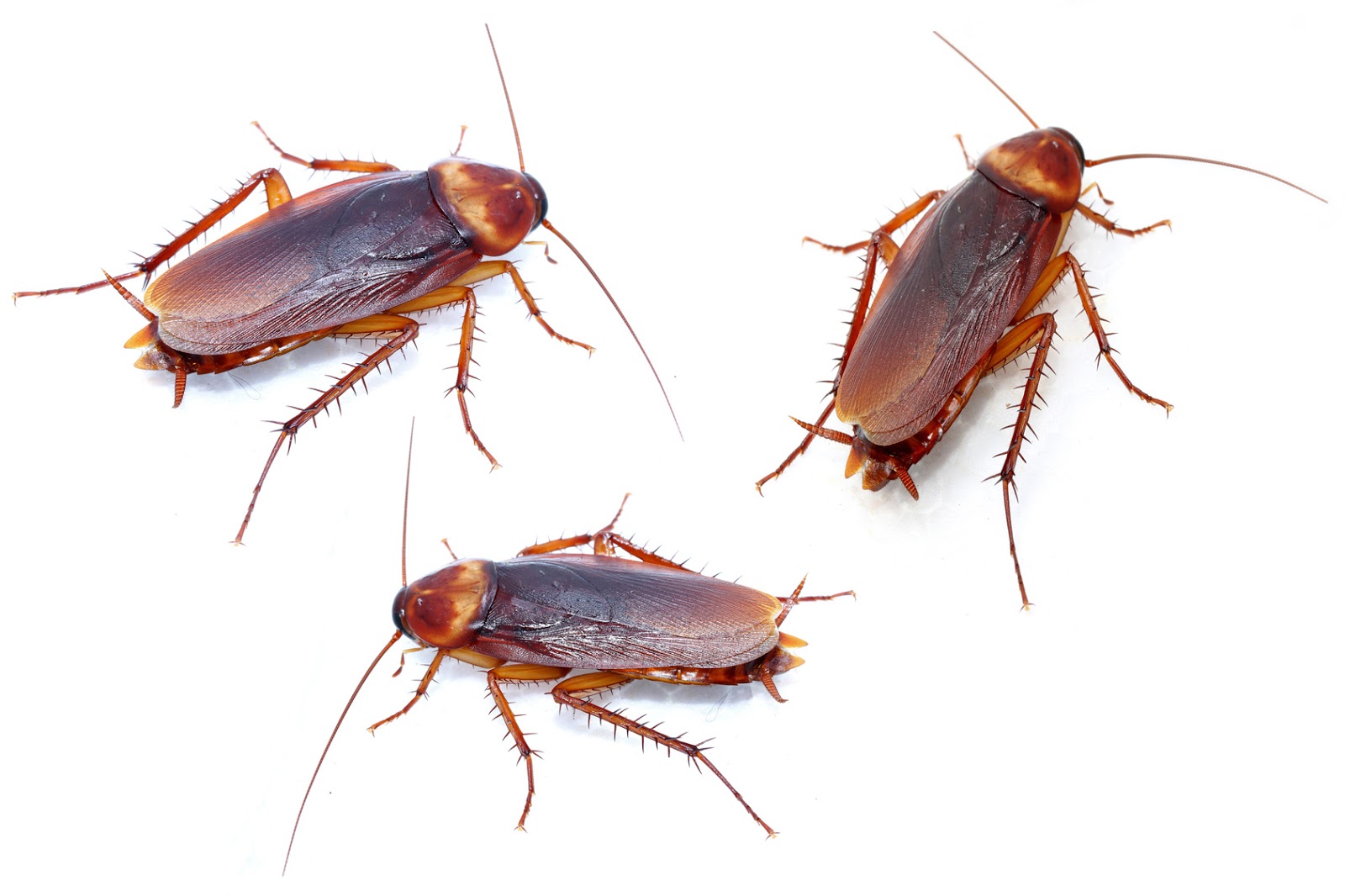



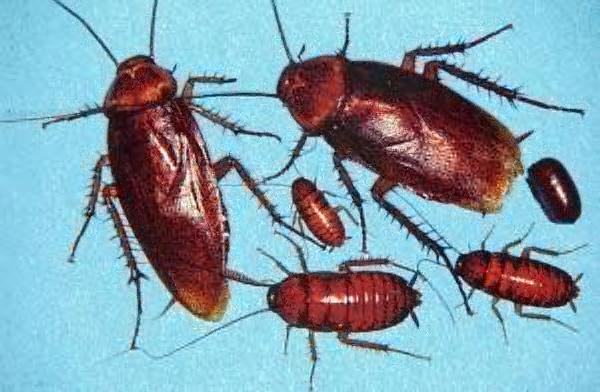










:max_bytes(150000):strip_icc()/__opt__aboutcom__coeus__resources__content_migration__mnn__images__2016__04__ants-herding-aphids-275a6c56397443029489745bf8f249aa.jpg)
















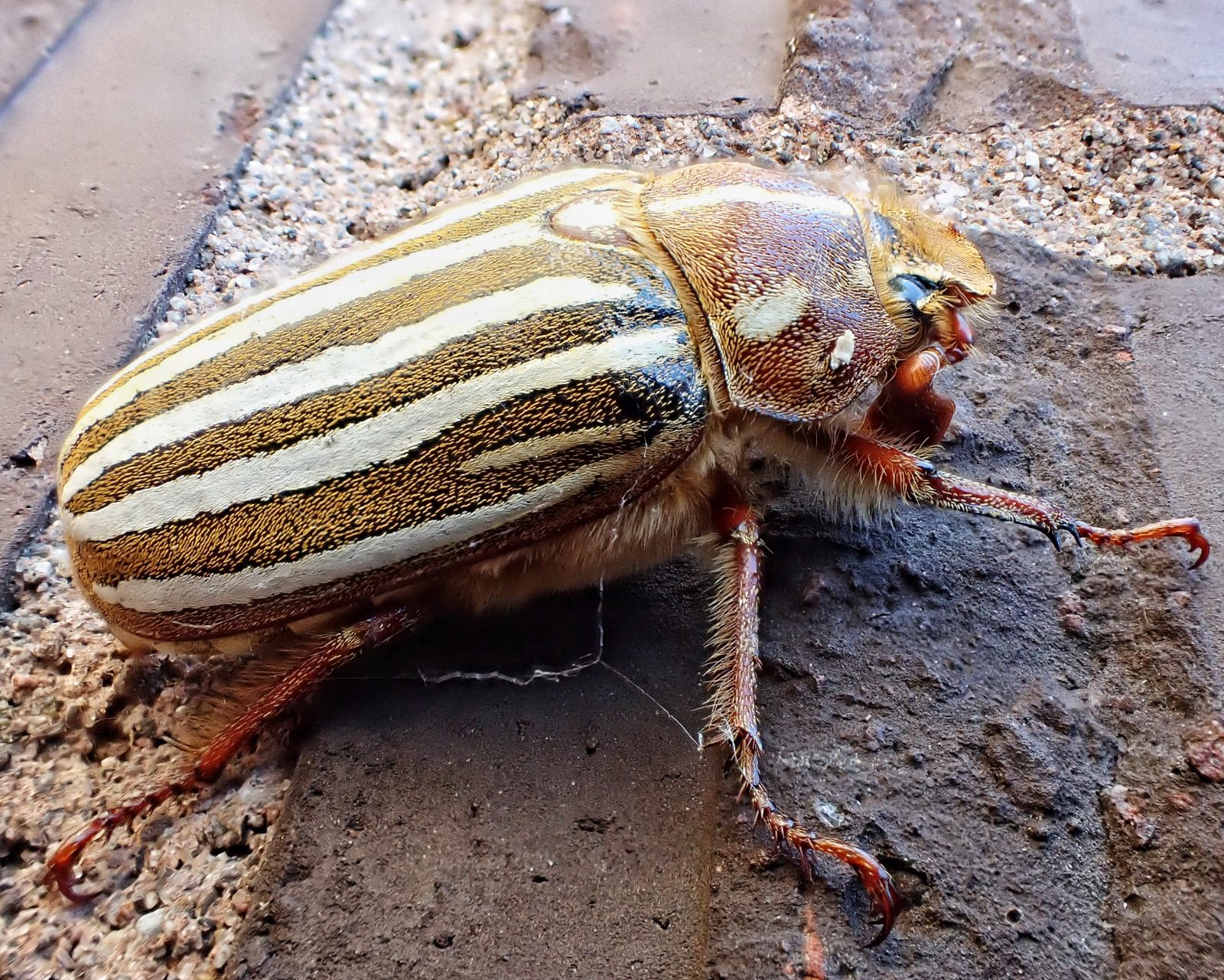






:max_bytes(150000):strip_icc()/GettyImages-499590728-57b344ab3df78cd39c5c02d1.jpg)








